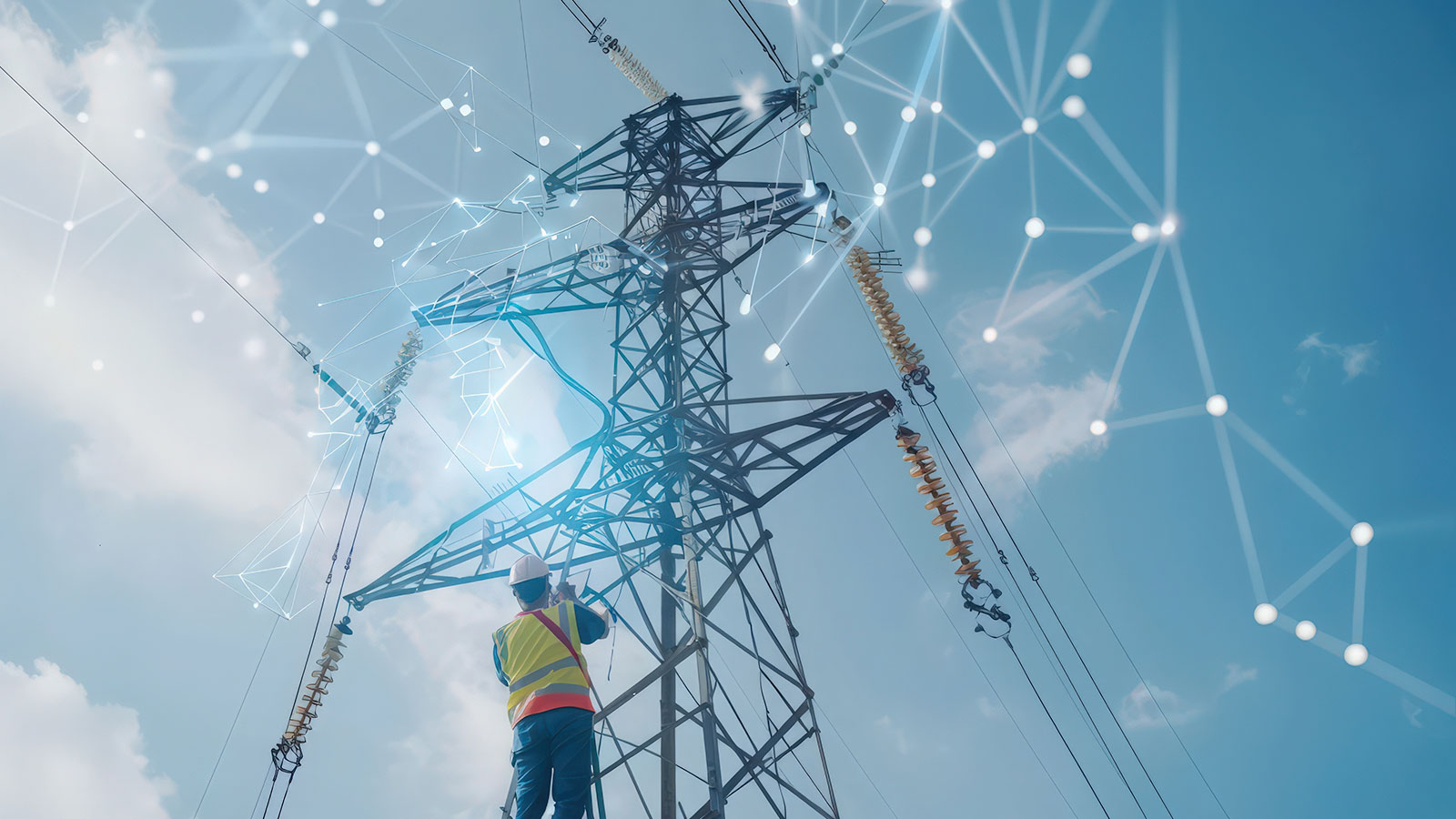Charlotte Enright, Head of Renewables at Anglo Scottish Finance, explores how AI is being used – and could continue to be used – in helping us achieve our climate ambitions.
Recent reports suggest that, though public support for the UK’s net zero targets has recently seen a huge uptick, the country remains off-track for its 2030 target of reducing carbon emissions by 68% compared to 1990 levels.
Professor Piers Forster, Interim Chair of the Climate Change committee, has noted that Keir Starmer’s new government “has the opportunity to course-correct, but it will need to be done as a matter of urgency to make up for lost time.”
Investment in new, more efficient technology is one of the most important ways that the Labour Government can continue accelerating the renewables revolution and AI has found itself at the forefront of that quest.
Predicting energy demand peaks and troughs
If you’re anything like me, you’ll often pop the kettle on for a cuppa during an ad break when watching terrestrial TV – and even while streaming, thanks to the introduction of ads on popular streaming services.
It’s well-known that this has placed strain on the power grid in the past, but now thanks to AI, we can predict more than just a quick cuppa break when we’re waiting for Coronation Street to come back on.
By analysing vast swathes of power usage data, AI can help the power grid manage demand better by understanding when we’re using energy the most. That same principle applies to renewable energy too: these AI-powered systems can understand when renewable energy is available and when it’s required.
This also makes integrating renewable energy into the grid easier. Predicting wind power can help us to understand how much energy can be collected by turbines, which can in turn forecast how much of it will be available to the grid.
Karen Panetta, an Institute of Electrical and Electronics Engineers’ fellow, recently told me, “[AI is used to] correlate trends and do better forecasting. AI can allow us to explore relationships and look at ways to mitigate failures in the grid and understand how to re-distribute energy in the most efficient ways.”
Keeping energy generators up and running
Renewable energy generators, like wind turbines and solar panels, are not immune from wear and tear and the need for maintenance. But rather than waiting for a fault to occur to fix generators, businesses are using AI for predictive maintenance.
This involves using sensors placed on the generators, which will analyse data and predict when it’ll need maintenance performed. Considering how many of these generators – particularly wind turbines – are placed in remote locations, this allows for the strategic scheduling of maintenance to minimise downtime.
As well as predicting the maintenance of generators like wind turbines, AI can also be harnessed to monitor temperature and identify hot spots on large-scale solar panels, which can indicate malfunctioning cells. Maintenance can be performed on the panels, but in the meantime, they can be re-angled to optimise the power captured.
Simulating and predicting weather conditions
Another of AI’s many renewable applications lies in its ability to predict – and then simulate – future weather conditions.
Renewable energy will always be available in the sense that there will always be sun, wind, organic material and rain. The unpredictability comes in that it’s not always sunny, rainy or windy – and too much or a lack of these conditions can then affect organic materials like the growth of grass and plants.
Intelligent weather simulators are being used to predict future weather conditions, giving us insight into our future energy capture potential. But these tools are used in a way that far outstrips simple weather reports; one simulator shows how the layout of a city can impact airflow.
This means that architects can support the future of renewable energy by using this insight to design buildings and cities that work with the weather and renewable energy sources, not against them.
Making generators more sustainable
The production of renewable energy supports the fight against climate change, so it must be fully sustainable, right? Well, not necessarily.
Many renewable energy generators are made from rare earth metals, using valuable and limited resources. As well as the materials themselves, the process of manufacturing these generators can be highly energy-intensive.
AI is being used to speed up trials of new materials and their performance, meaning thousands of manual tests can be condensed into a more manageable number. What’s more, AI can support in making sure that these generators are recyclable once they reach their end of life, a key tenet of sustainability.
The renewable energy sector is one of many that is benefitting from the transformative effects of AI. From ensuring generator uptime is maximised to predicting energy demand and adapting accordingly, we’re seeing this smart technology improve our generation and usage of renewable energy. And considering the importance of the fight against climate change, this may be one of its most important uses to date.


